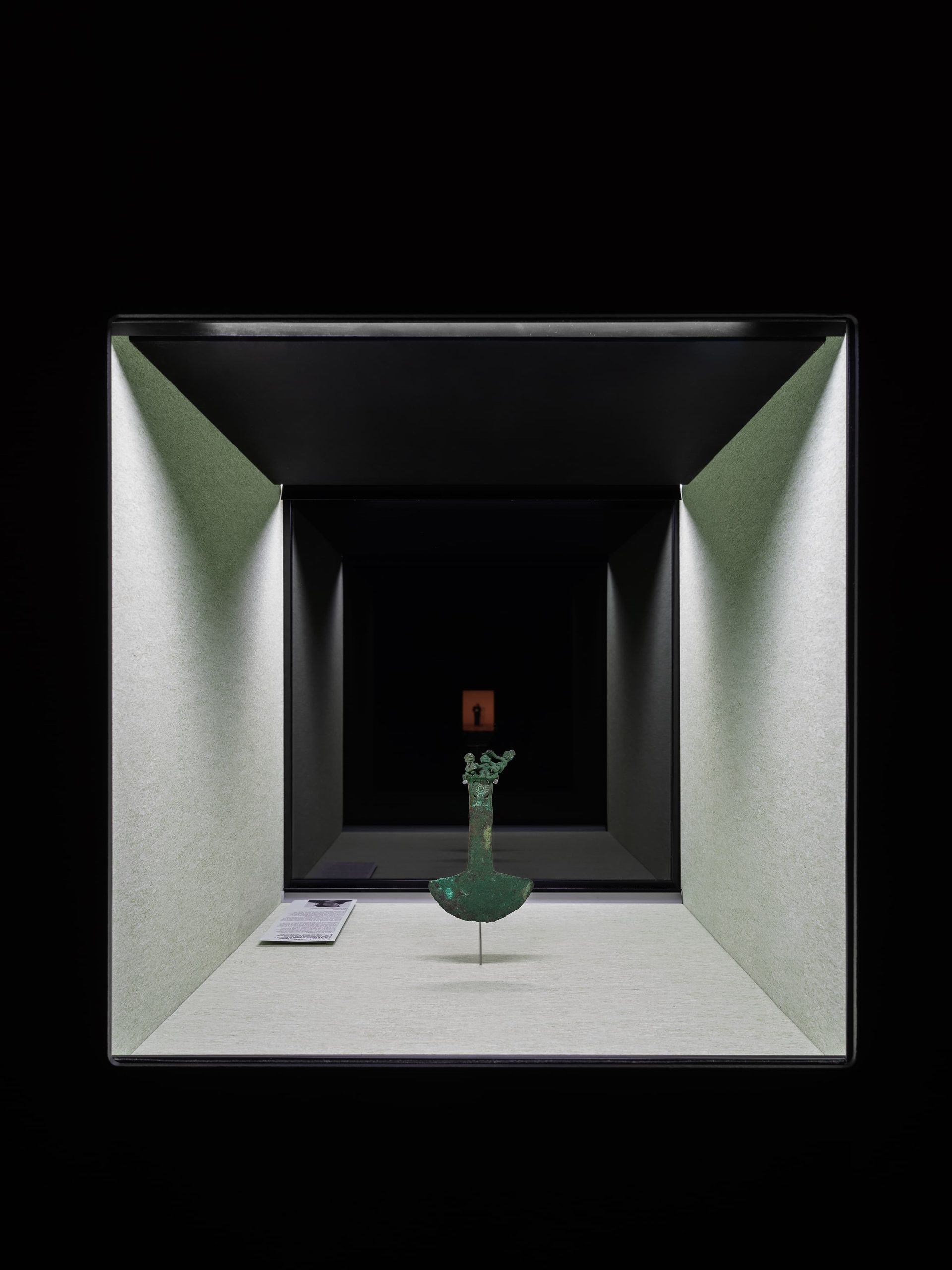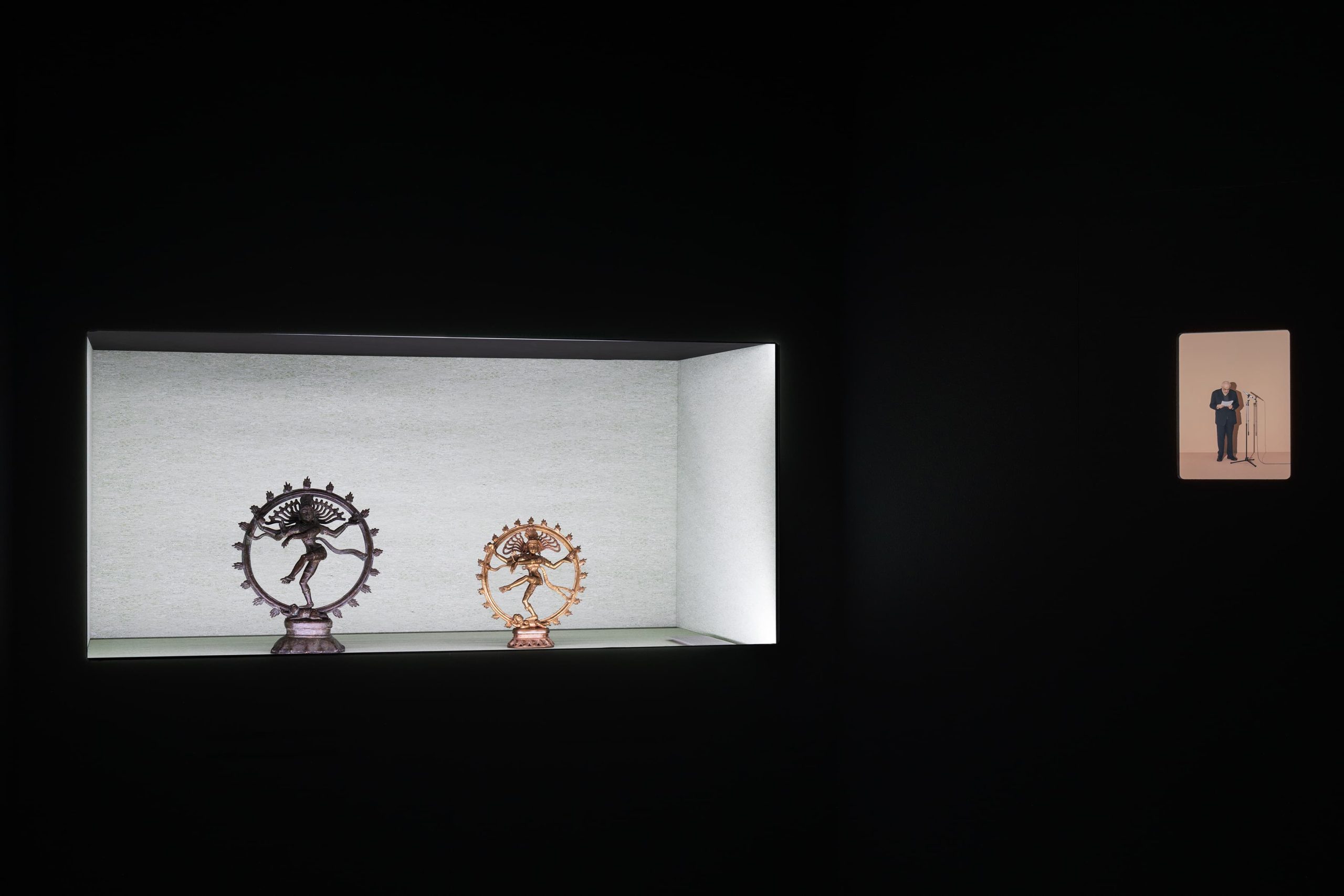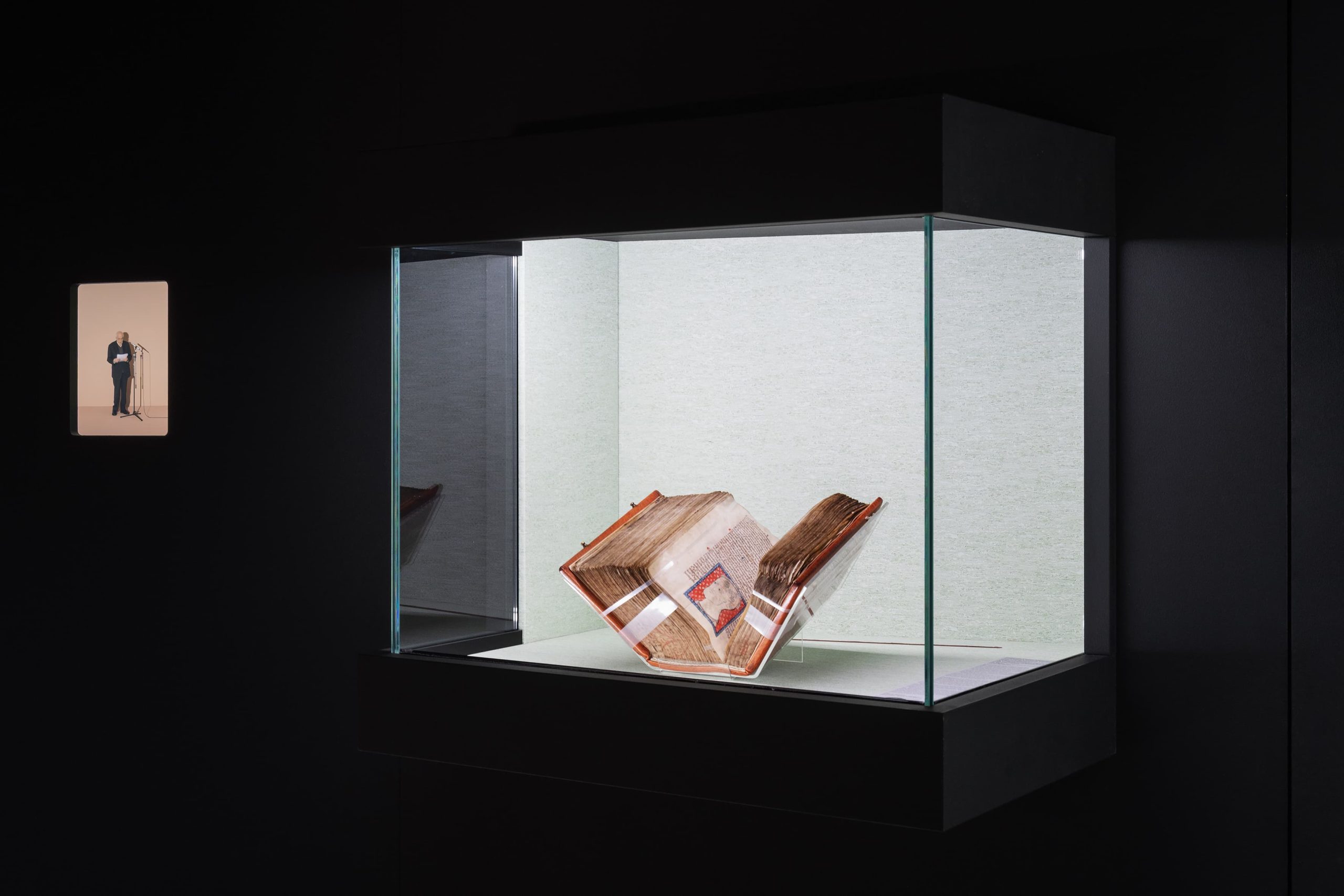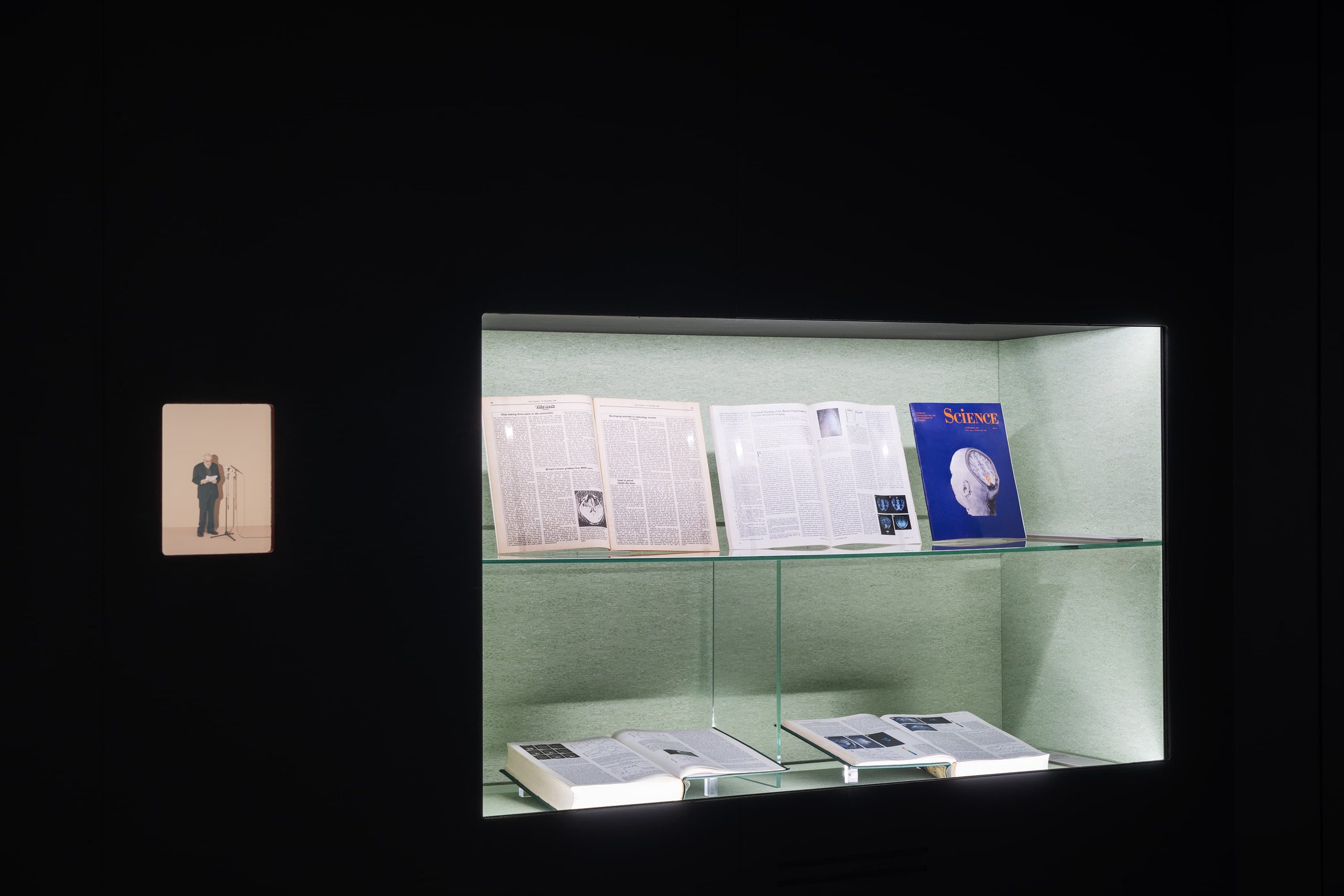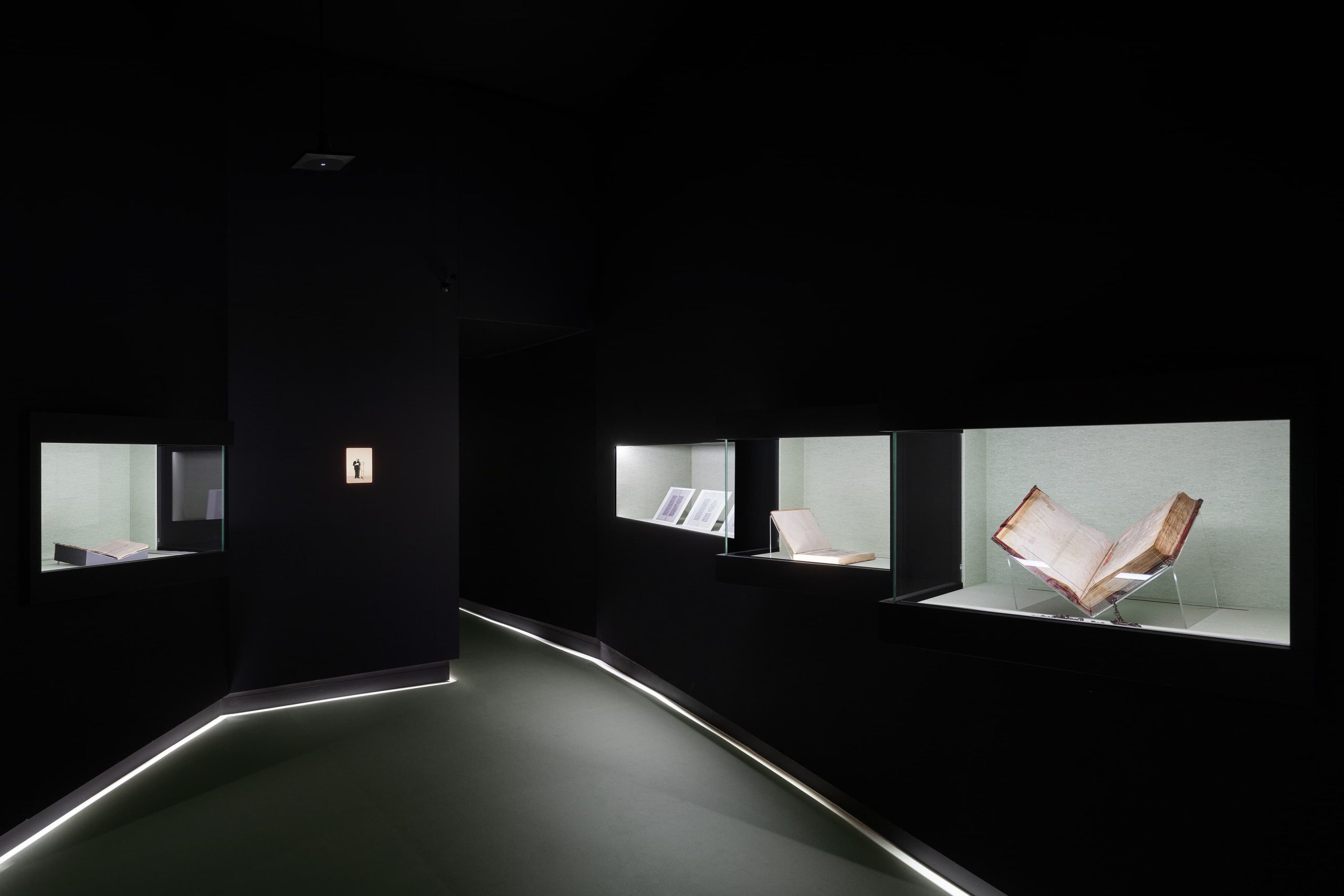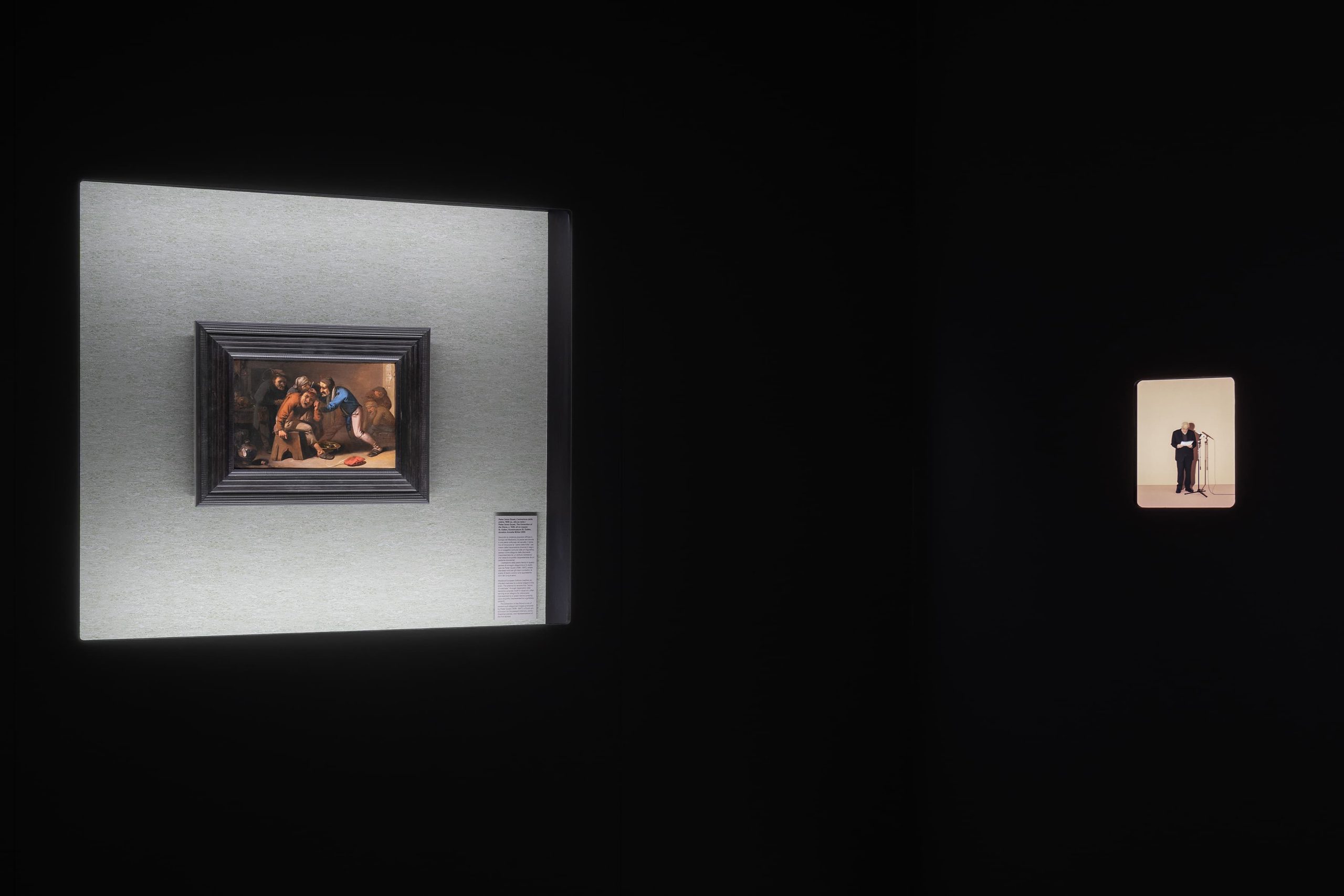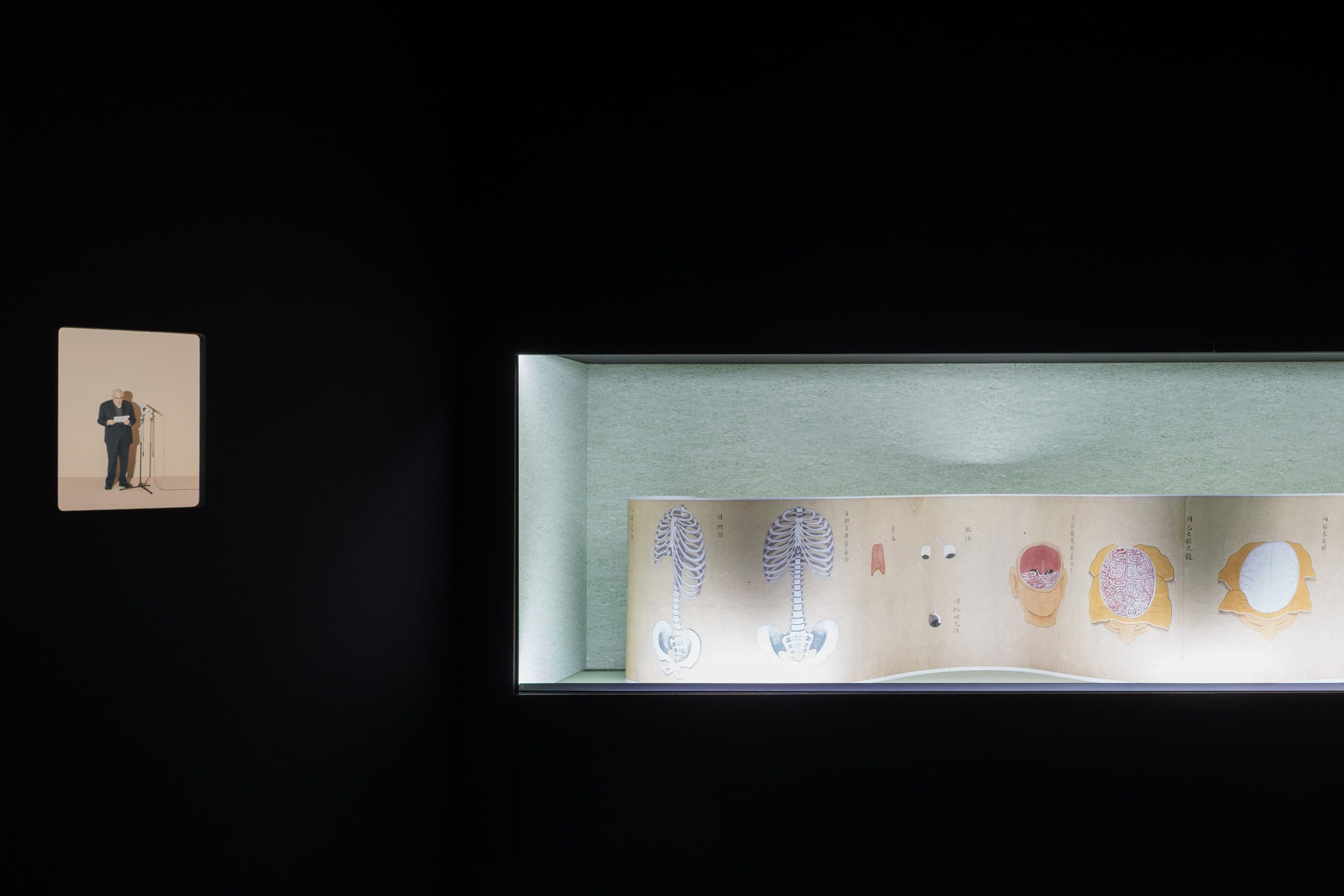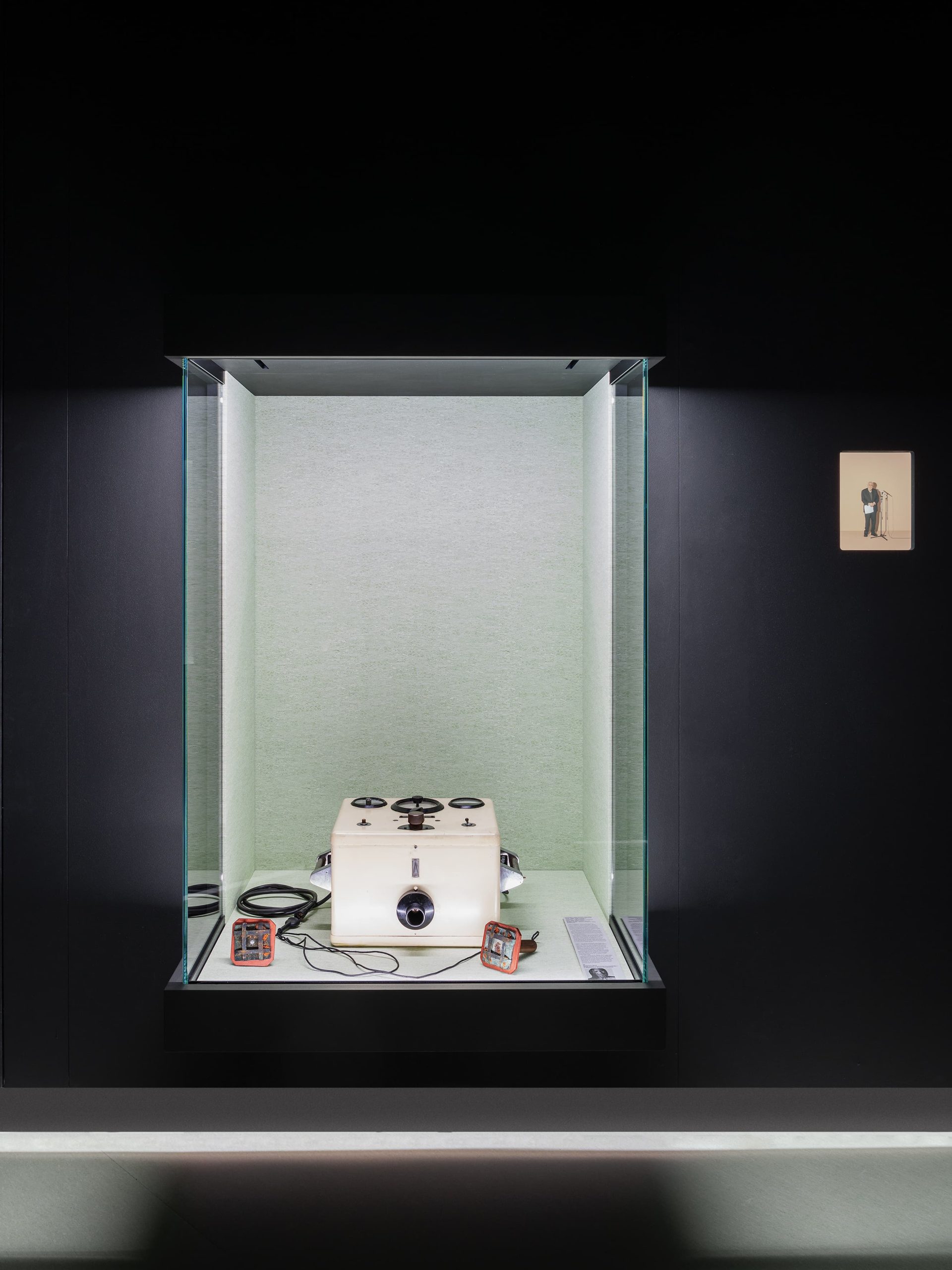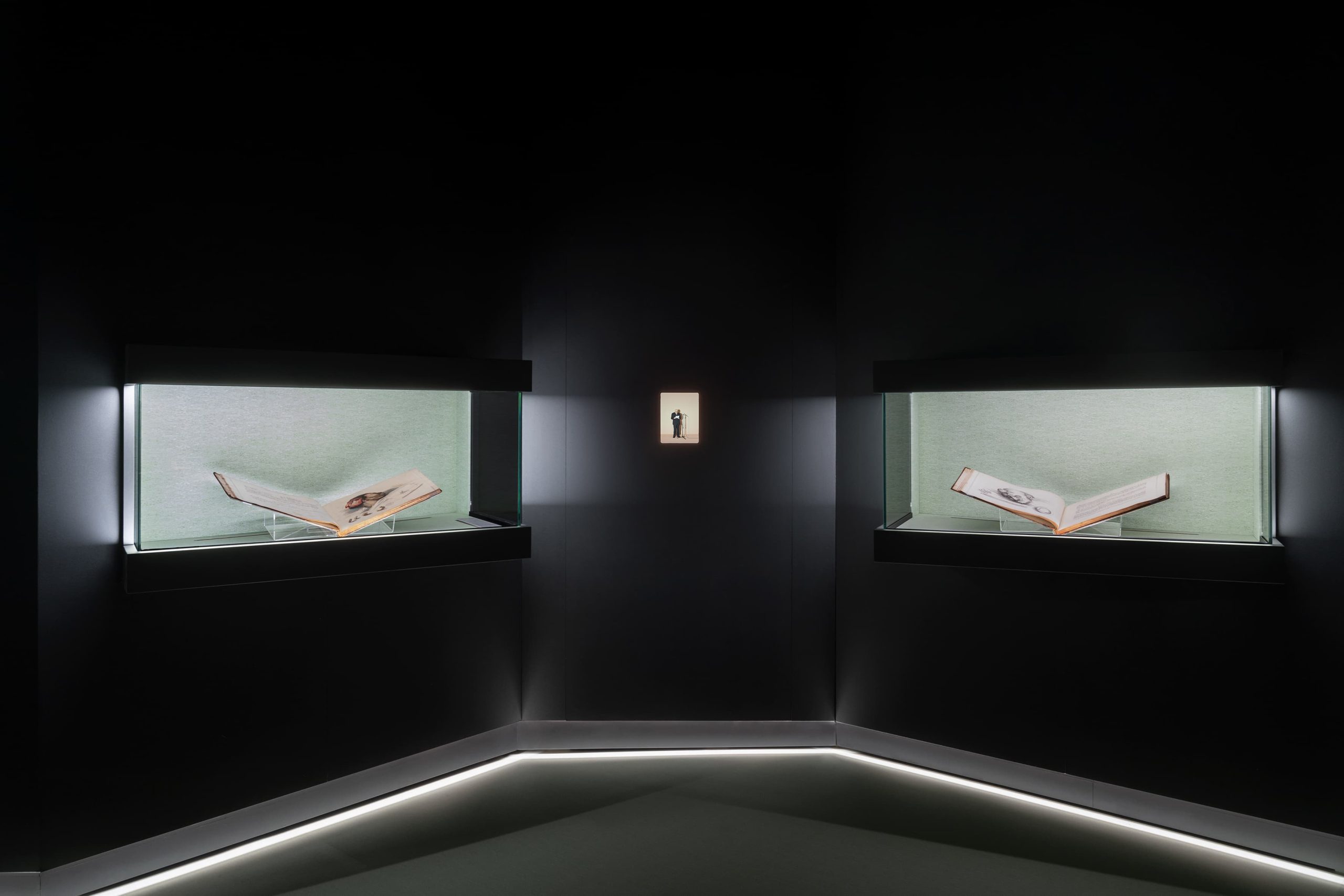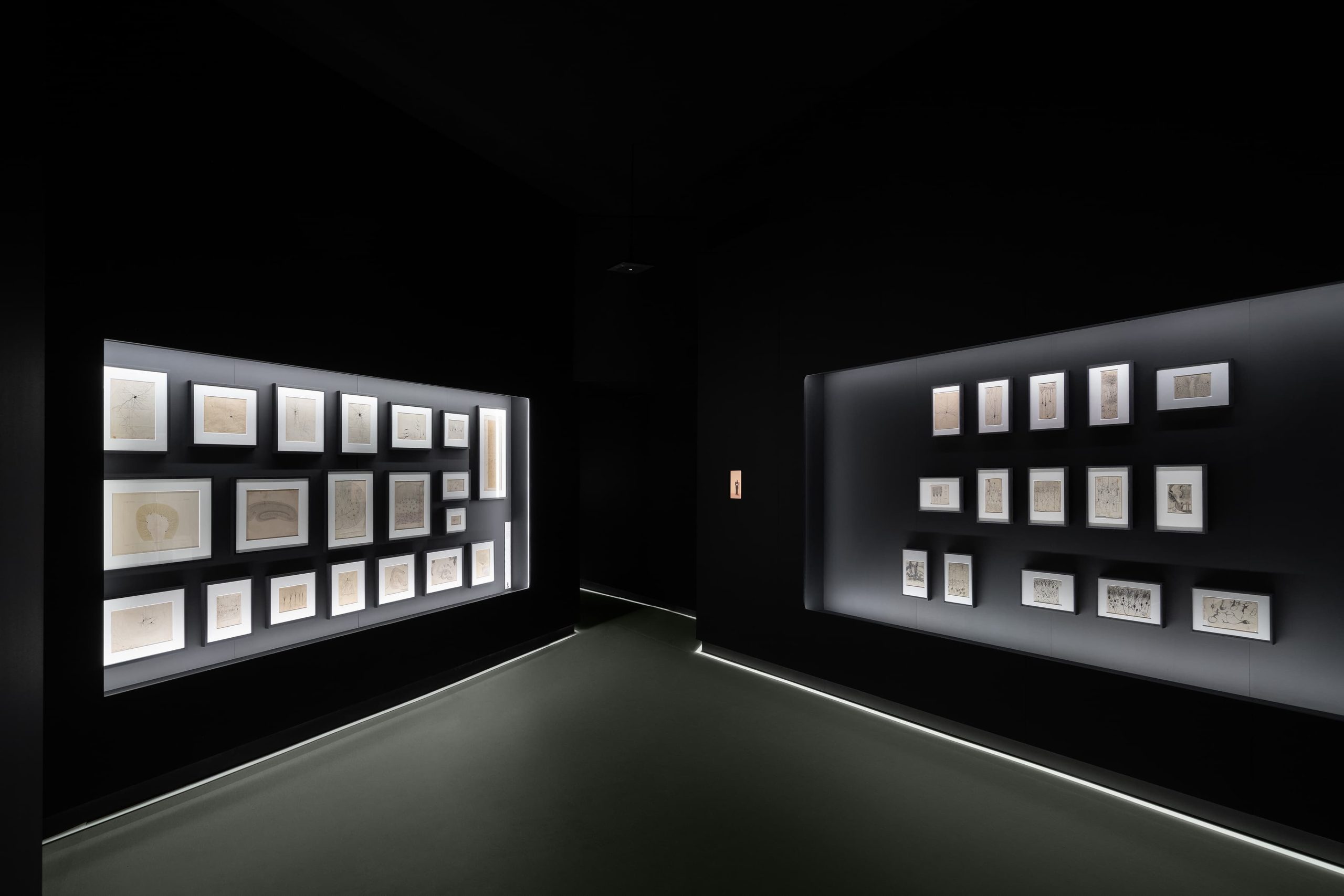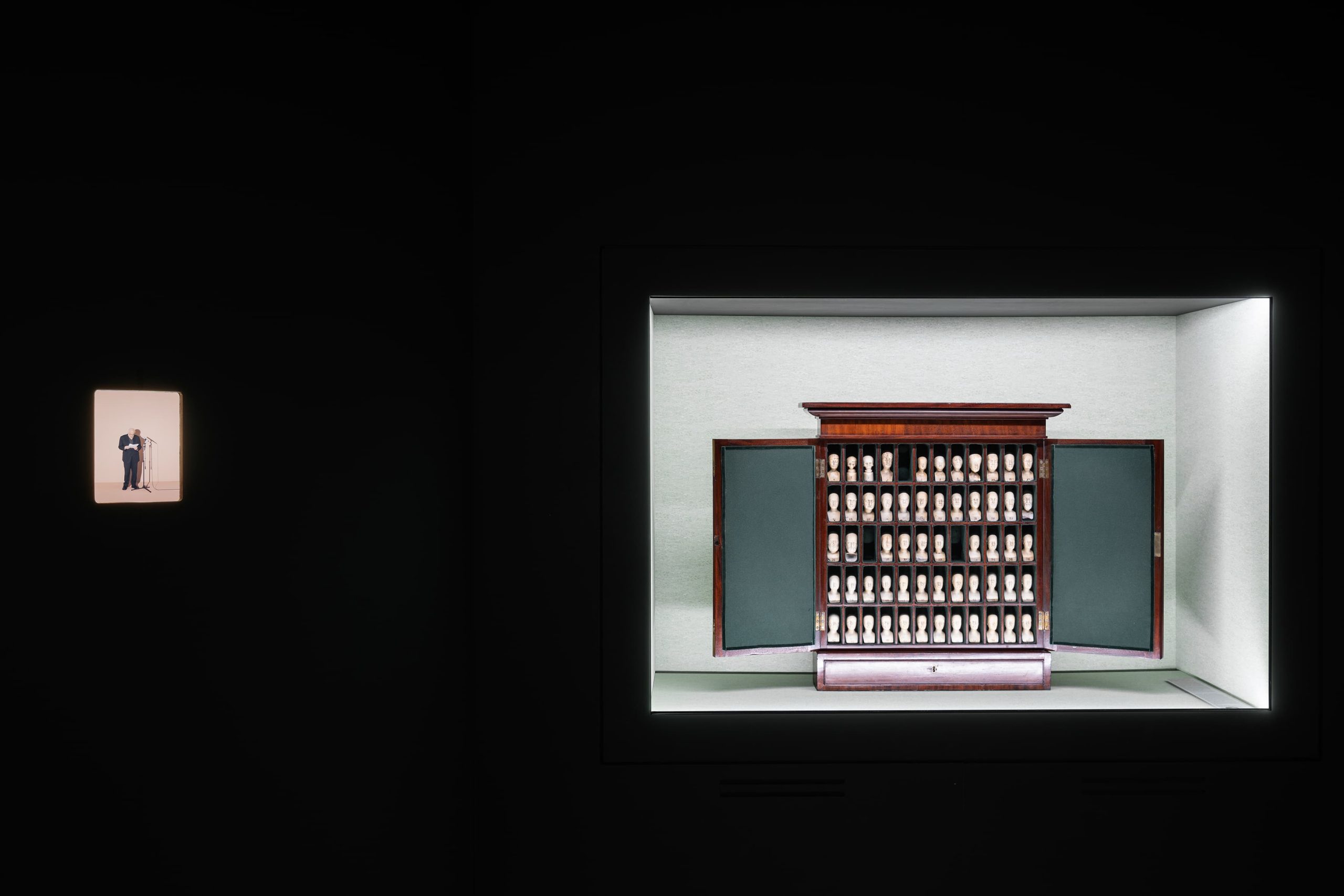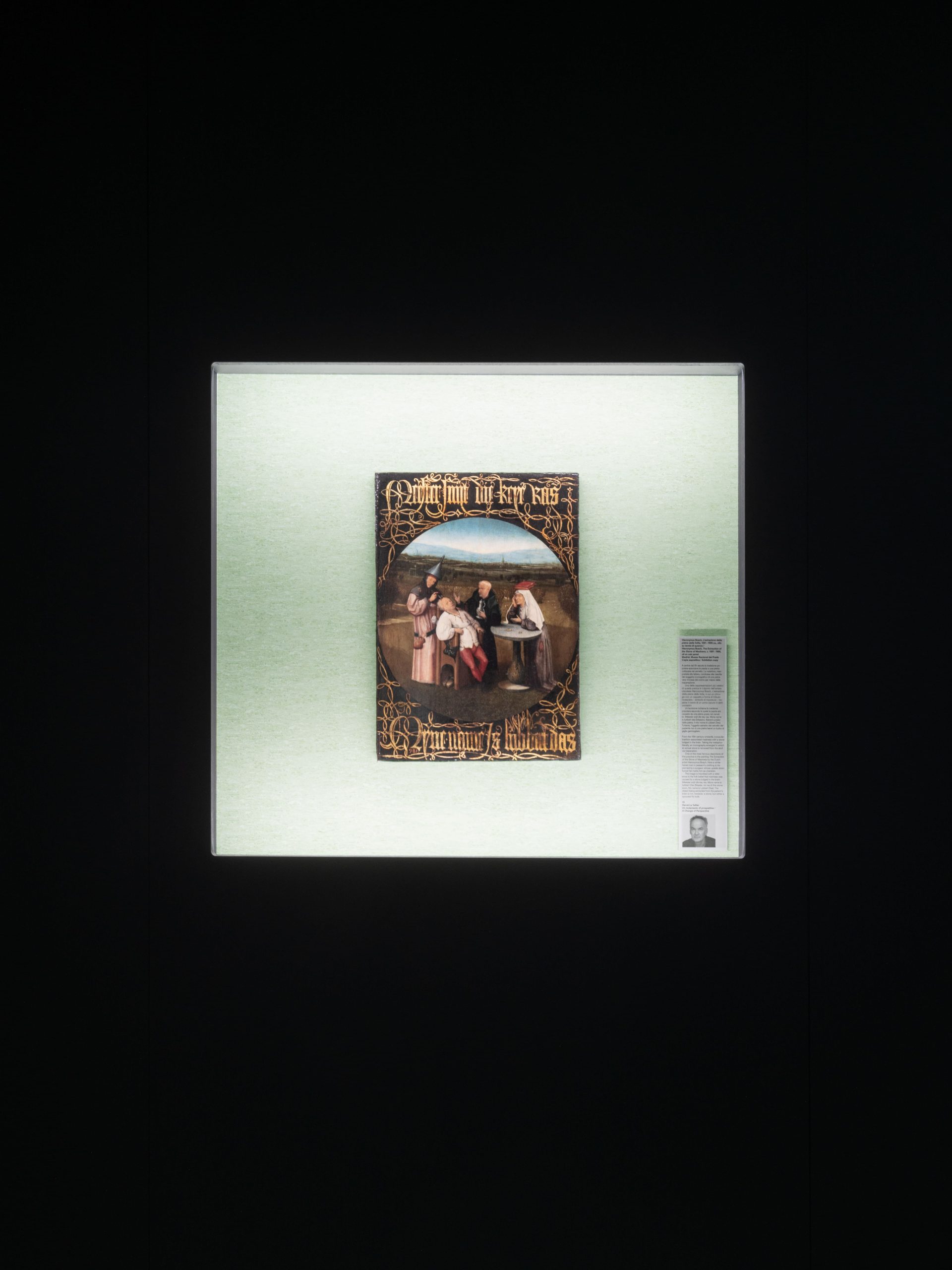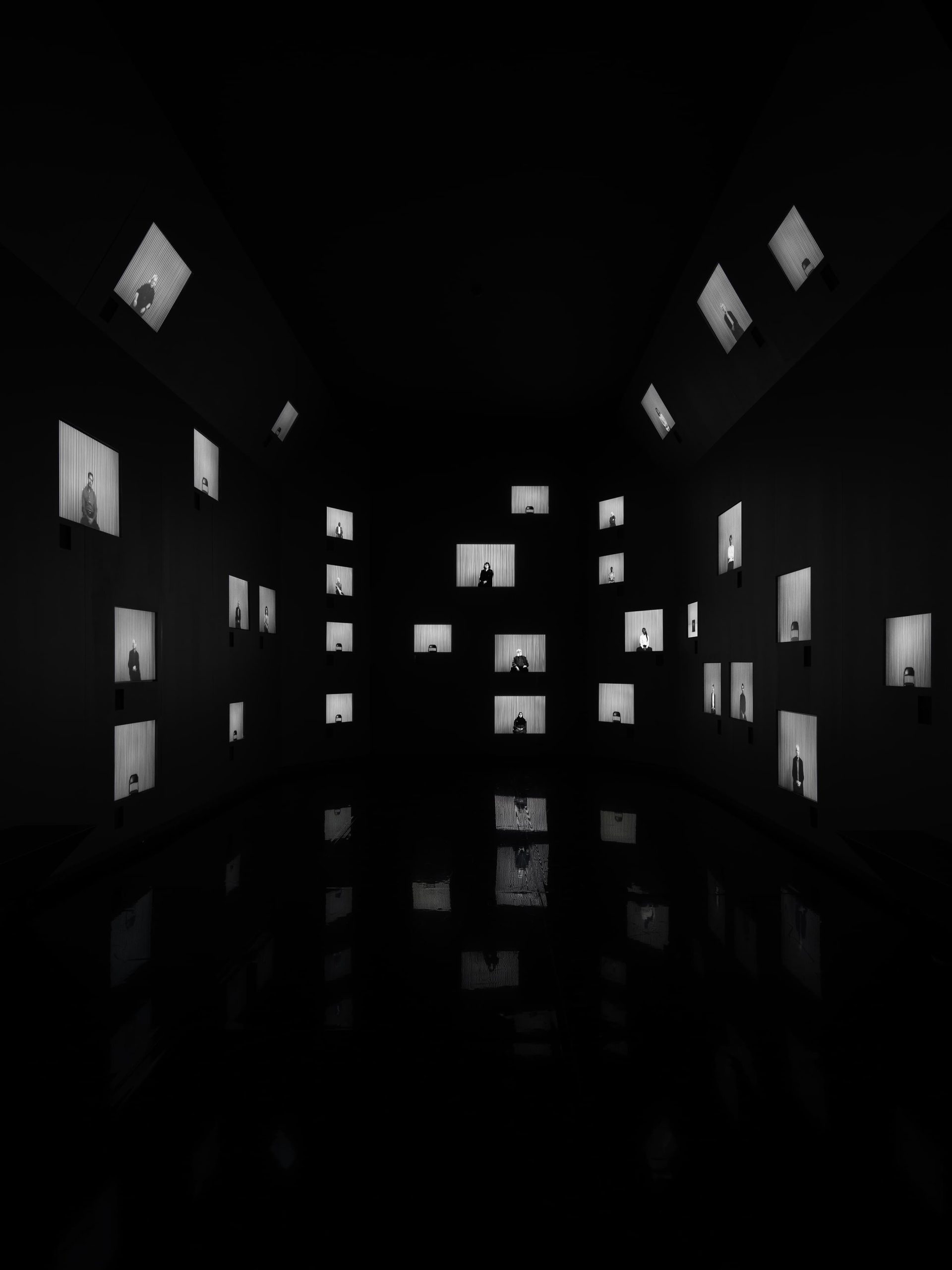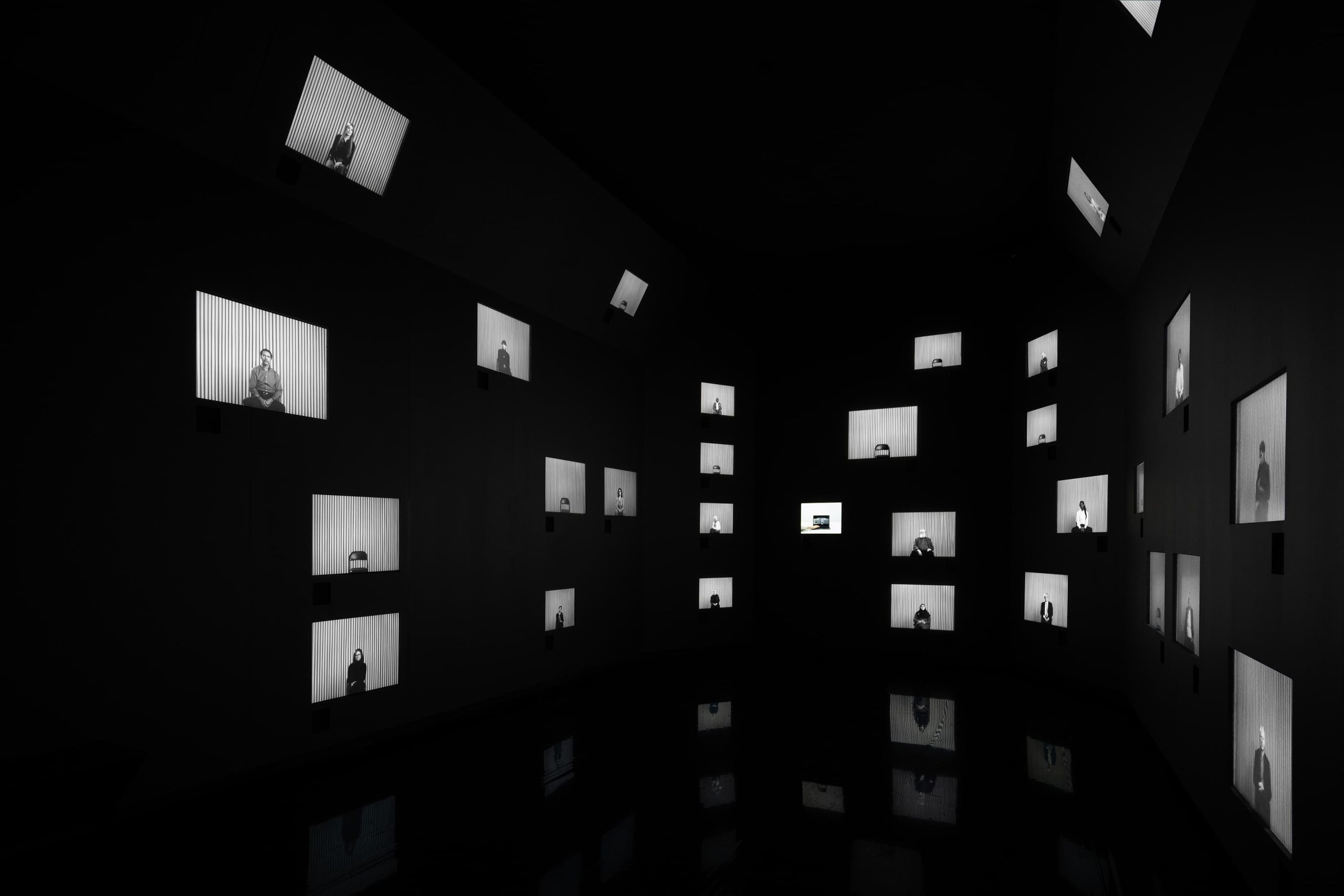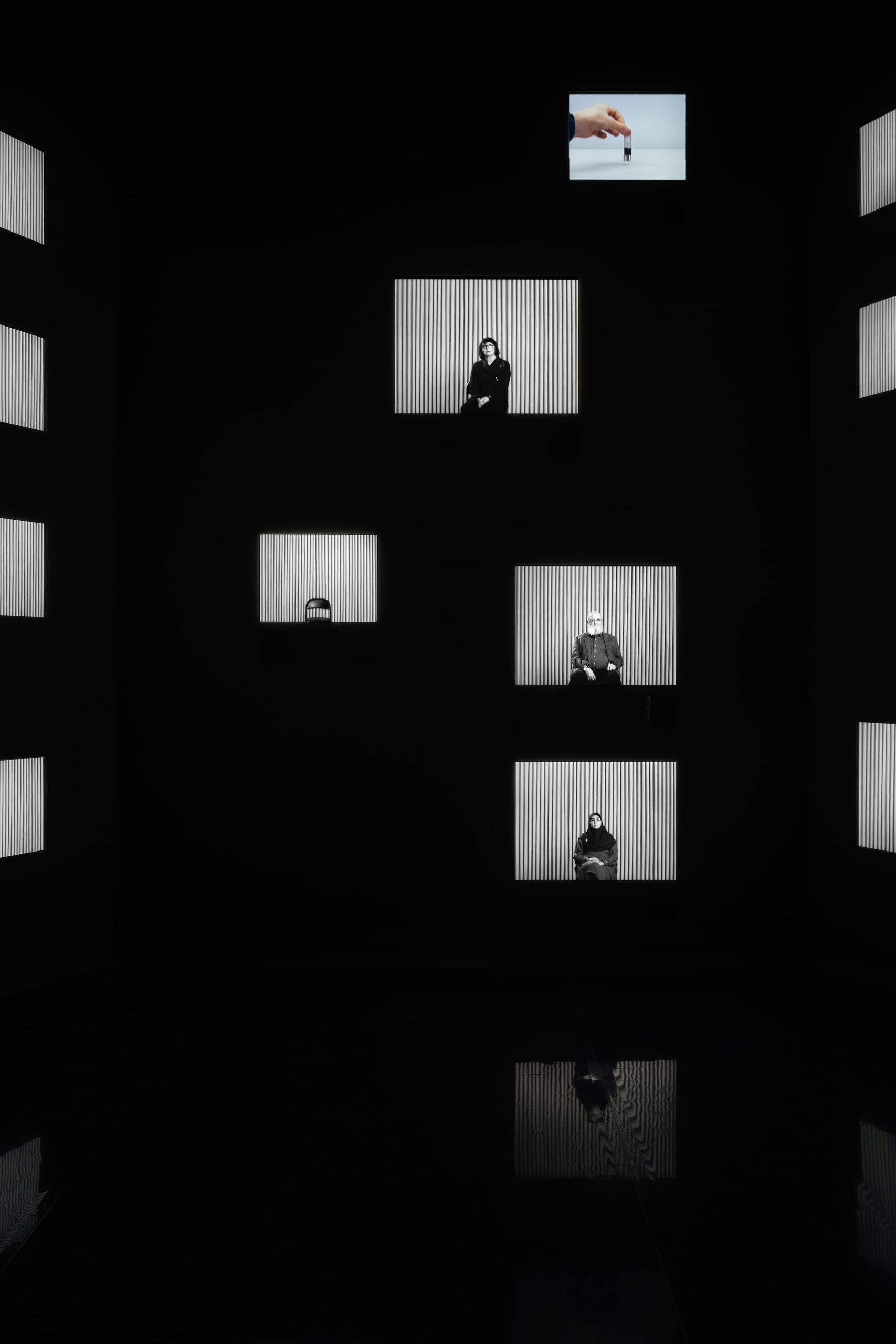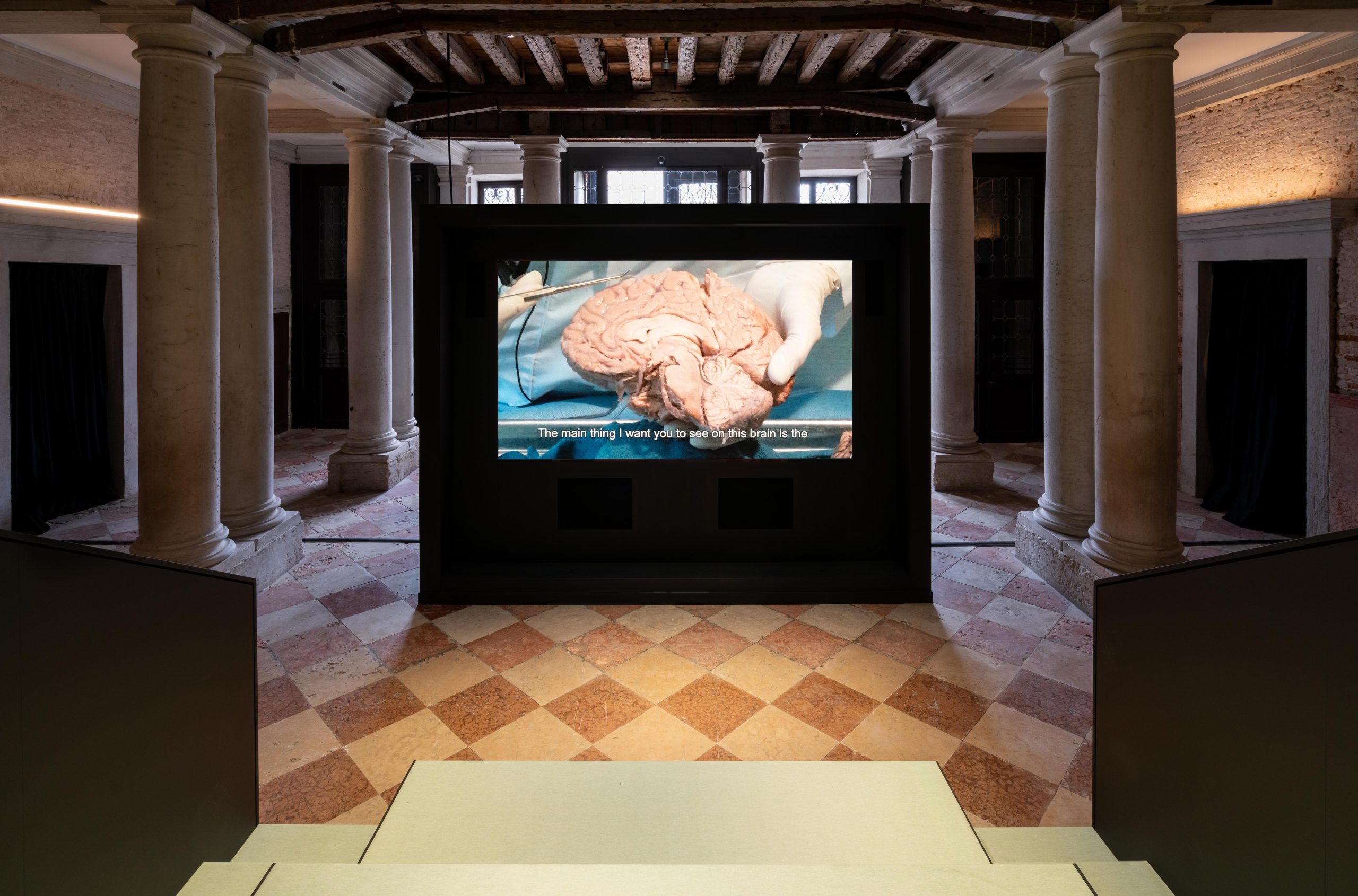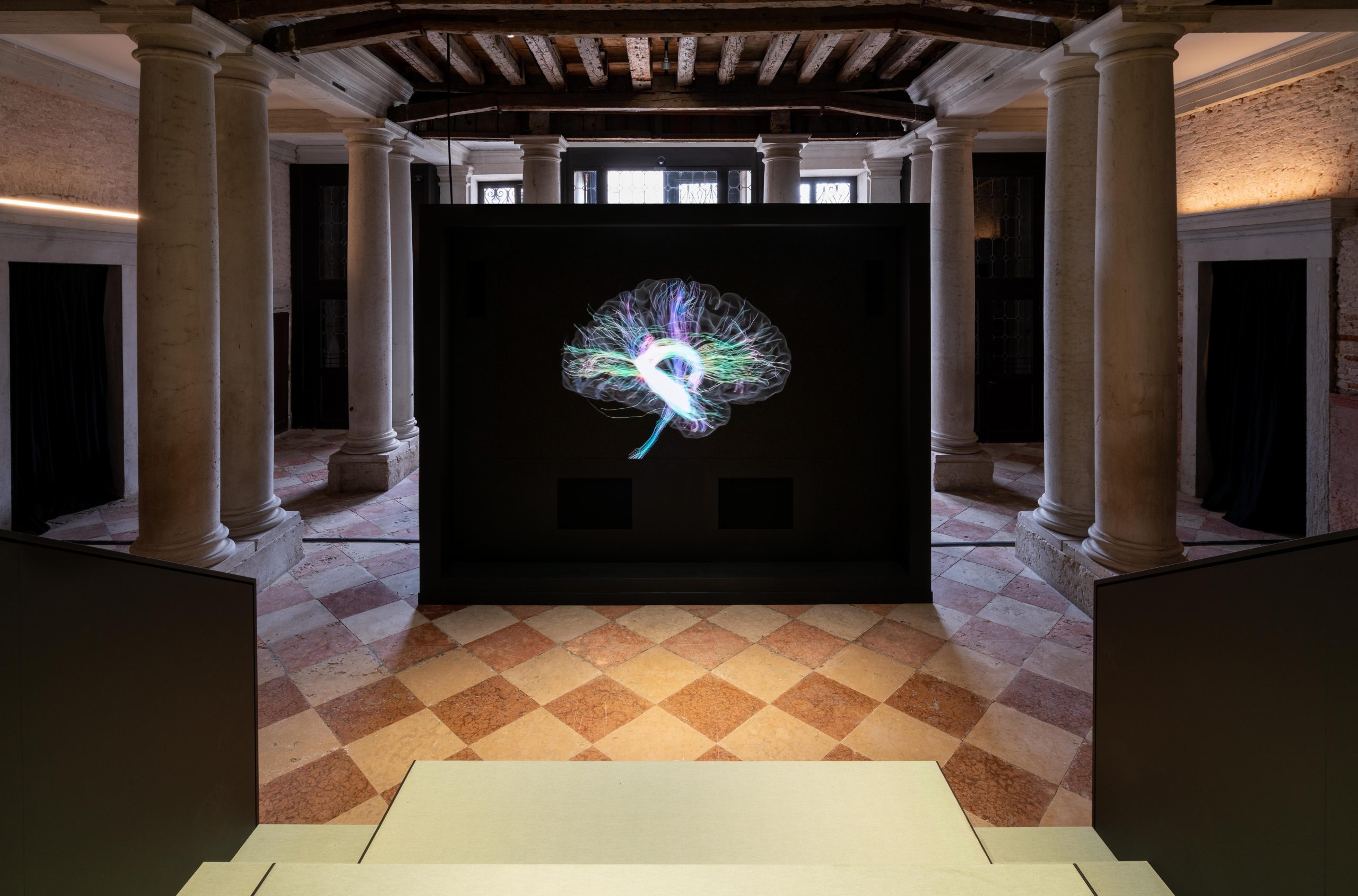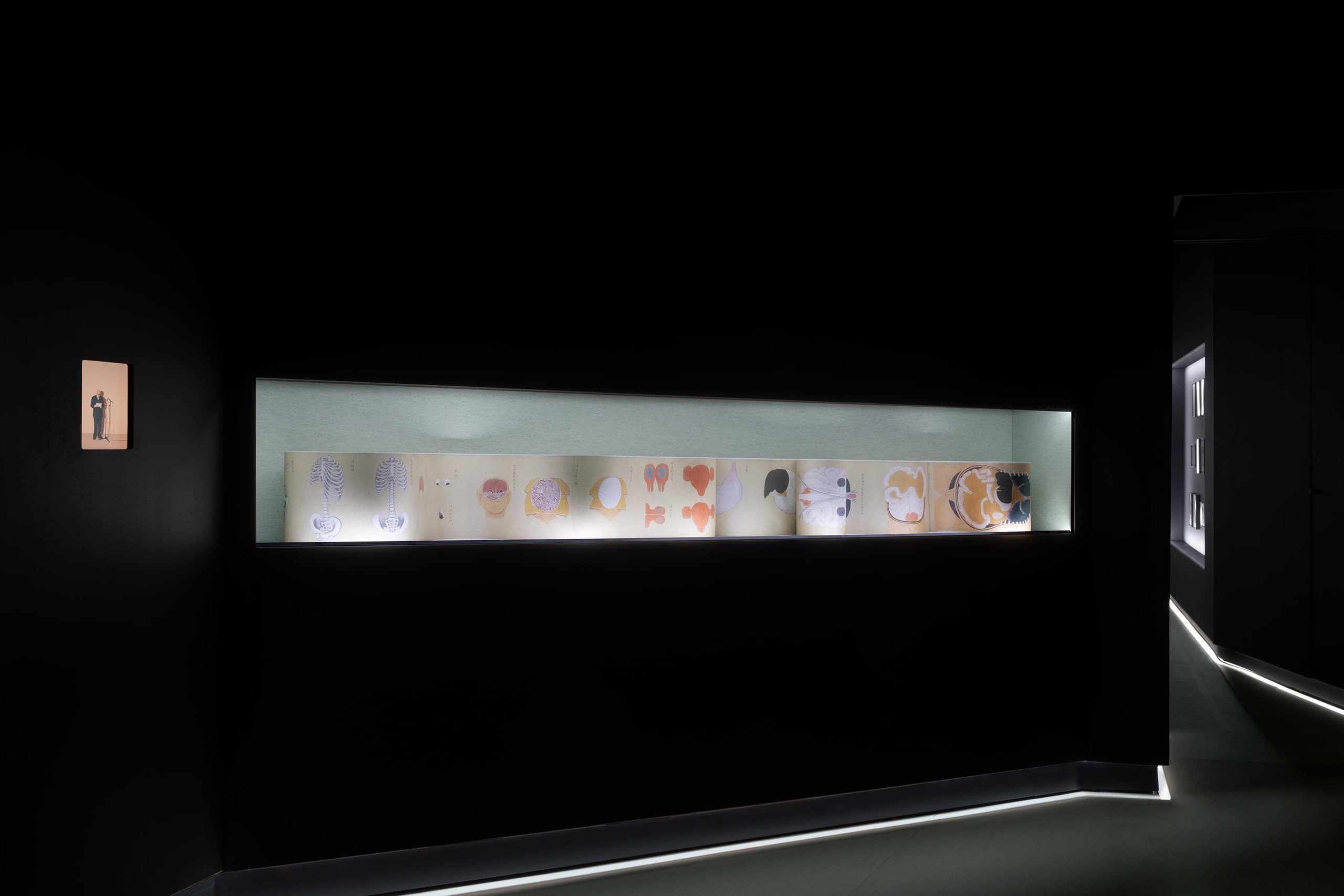Prada continues its big picture thinking with its latest exhibition celebrating “Human Brains”
Fondazione Prada has opened “Human Brains,” an intensive investigative process undertaken since 2018 by Fondazione Prada in the field of neuroscience, driven by a deep interest to understand the human brain, and the complexity of its functions, and its centrality to human history.
Through a convergence of diverse scientific approaches (neurobiology, philosophy, psychology, neurochemistry, linguistics, artificial intelligence, and robotics) the human brain was examined in the plural—as expressed by the title—to underline its intrinsic complexity and the irreducible singularity of each individual. As explained by Miuccia Prada, President of Fondazione Prada:
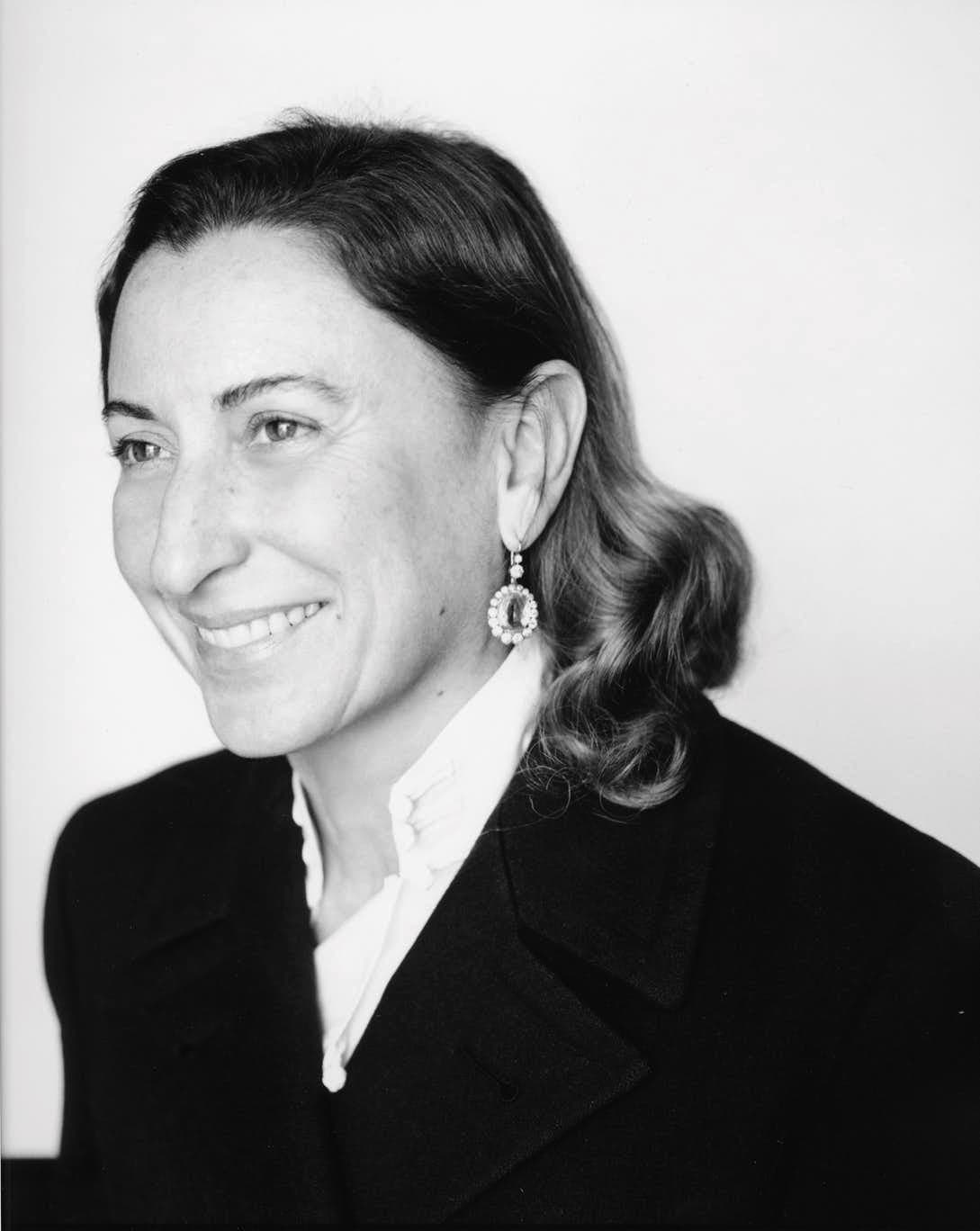
“We are increasingly interested in relevant subjects that impact the lives of everyone, even when those topics are difficult to understand. For a cultural institution whose identity is rooted in the field of visual arts, dealing with science is an intellectual and political challenge: how do we make an exhibition about ideas and knowledge?”
– Miuccia Prada
The exhibition “Human Brains: It Begins with an Idea” is curated by Udo Kittelmann in collaboration with Taryn Simon. Covering three floors of the building, it is the result of a long and in-depth research process carried out with Fondazione Prada and the scientific board.
On the ground floor, a series of projections introduces the audience to the anatomy, physiology, and imaging of the brain, as well as illustrations of how it develops and functions. This in turn presents visitors with the principles, structure, and mystery of the organ at the center of the exhibition.
On the first and second floors, more than 110 items encode centuries of attempts to understand the human brain. Including historical objects, drawings, paintings, prints, and books, the items mark some of the most significant stages of a millennia-long journey of discovery while also illuminating otherwise forgotten chapters of the Mesopotamian and ancient Egyptian ages, the Italian Renaissance, the Japanese Edo period, as well as the last thirty years’ imaging techniques.
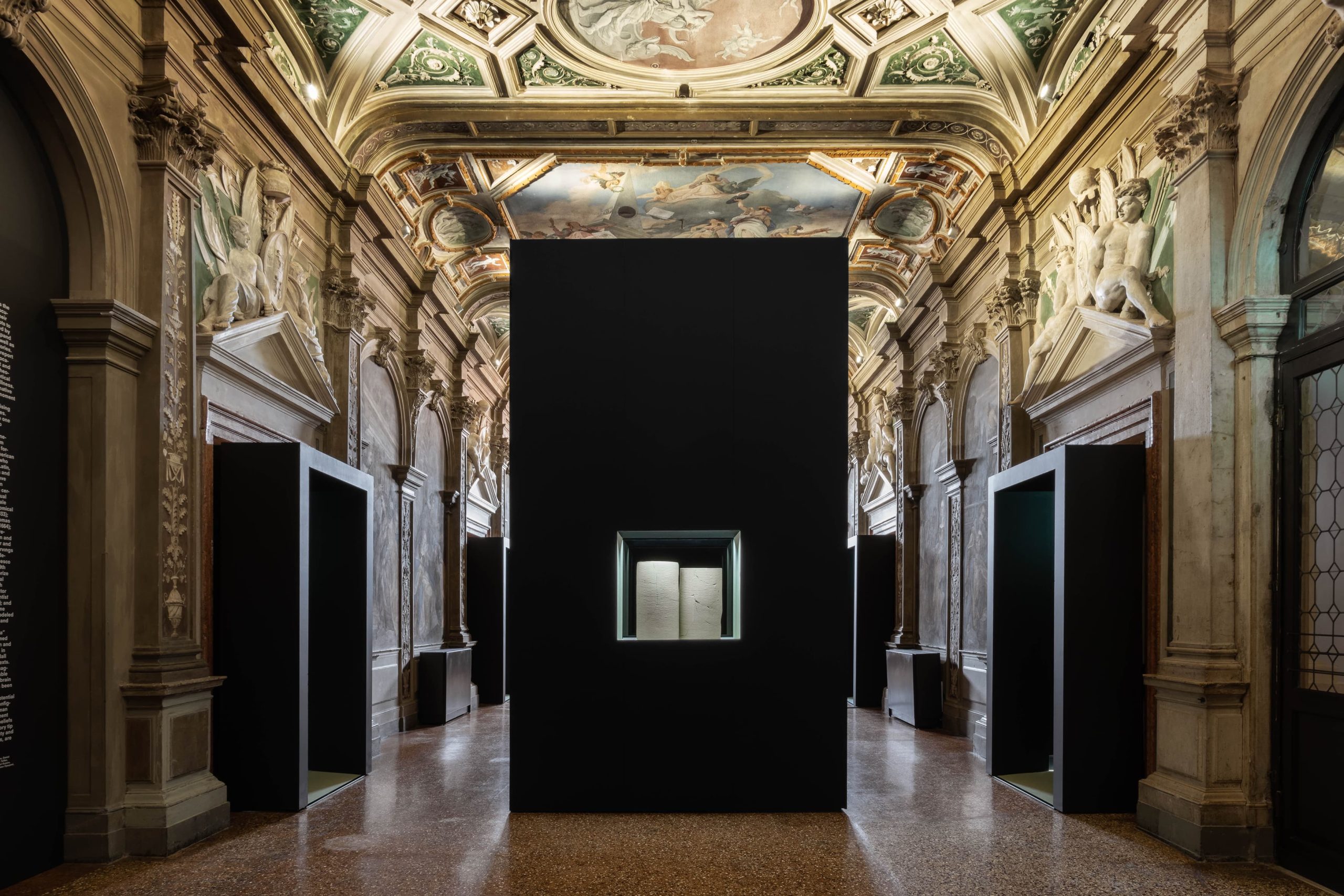
Thirty-two international fiction authors have written literary texts in response to the objects, calling forth their latent social, political or personal histories into new forms, expanding the boundaries of our investigative scope. Together objects and stories demonstrate and imitate the capacity of the brain to recollect and reprocess information. The artifacts’ stories were written to be performed by renowned audiobook narrator George Guidall in short videos directed by Taryn Simon and produced by Fondazione Prada for the “Human Brains: It Begins with an Idea” project. One voice is projected into multiple stories, languages, geographies, bodies, and realities: an intractable framework problem foundational both to how the brain works and to how the history of neuroscience has been constructed.
At the center of the second floor, thirty-six neuroscientists, psychologists, neurolinguists, and philosophers from five continents are broadcast in an assembly of thirty-two screens. They investigate neuroscientific experiments and their philosophical and ethical dimensions. Like the brain, The Conversation Machine—videos, interviews, and orchestration by Taryn Simon, produced by Fondazione Prada for the exhibition—is a self-organizing system. It responds to itself, continually constructing and assimilating its own order and disorder. In clips excerpted from over 140 hours of interviews, participants appear to listen and respond to each other’s statements. They enter and exit. Objects that refer to their work appear in flashes. Clusters of discussants migrate across the screens. Others sit in sustained, active silence. Like the brain, the conversation morphs according to a logic of prediction and surprise.
Taken all together, the exhibition navigates a history of neuroscientific knowledge-making marked by rigor, breakthrough, and discovery as well as error and uncertainty. It traces the outlines of consciousness, the gaps in scientific research, and what is known and unknown in our understanding of the human brain.
